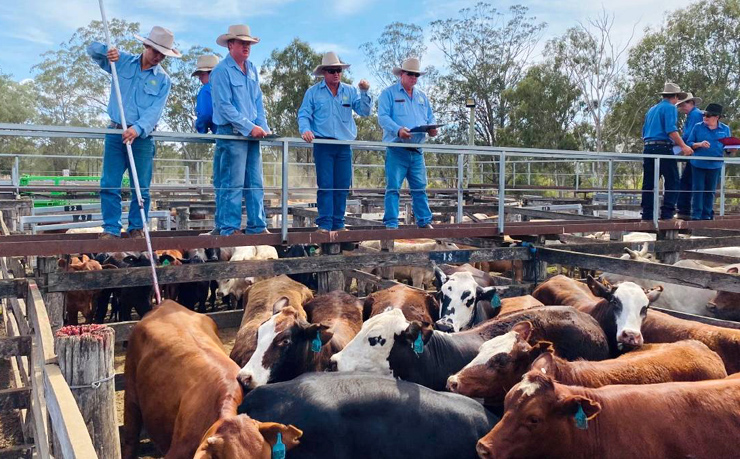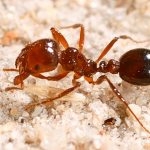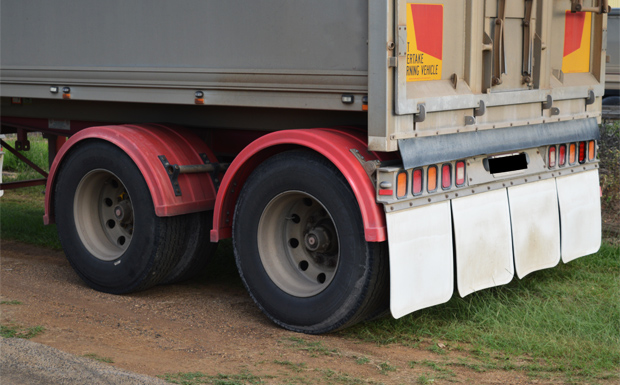
(Photo: Aussie Land & Livestock)
December 10, 2021
The ongoing record prices for cattle could increasingly put pressure on meat processors heading into 2022, warns the ANZ.
The bank’s latest Agri Commodity Report says that with the growth in cattle prices exceeding the rise in retail beef prices, margins for some of Australia’s meat processors could tighten considerably in coming months.
“On their own, the high cattle prices have continued to see the price of beef on retail shelves climb at a steady rate,” ANZ spokesperson Ian Hanrahan said.
“However, when the ratio of beef retail prices to the EYCI (Eastern Young Cattle Indicator) is taken into account, it is clear that the margins between the two are at their tightest point for at least 20 years.
“We will continue to see different beef processing operators looking at a range of ways to work though this, including reducing operating capacity and managing labour costs.
“For those processors with a diverse export customer base, the strong global demand for grain-fed beef programs has provided some buffer in recent times.
“But for those processors in tighter positions, given that retail beef prices can only rise so far before it markedly impacts demand, it makes the need for cattle prices to fall even more imperative.
“Should cattle prices stay high, then it could mean that 2022 may see further rationalisation in the processing sector, as margins become unsustainable for some operators.
“At the same time, the fact that some of Australia’s largest beef processors have continued to expand, particularly across other animal proteins, has emphasised the strength of some of the bigger players.
“In particular, the acquisitions by JBS of Huon Aquaculture and Rivalea Pork, and Thomas Foods International of the Darling River Goat Exports Plant, highlights a trend in the animal processors seeking to capitalise on their skills and networks in the protein supply chain, as well as diversifying their exposure away from mostly cattle and sheep.
“Looking ahead to 2022 and beyond, it will be important to watch what other animal protein assets may come onto the radar of major processors, as they potentially diversify even further.
“At the same time, given the likely resurgence in demand for meat from consumers in many major markets as they emerge from COVID lockdowns, the impact of disruptions on Australia’s beef export competitors, and the ongoing reputation of the local product for quality, food safety and reliability, it will also be notable whether new players seek to enter the Australian processing sector.
“The absence of some major global processing names from the local market would suggest this is a possibility.”























